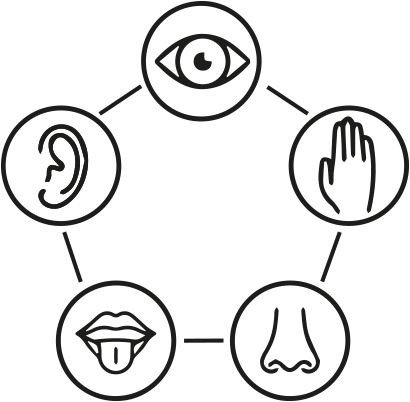Sensing the Past – A workshop in applied sensory archaeology and heritage assessment
| Sensing the Past – A workshop in applied sensory archaeology and heritage assessment
Date: 7-9 October 2021 Led by: Pamela Jordan and Sara Mura |
| Intended learning outcomes
Knowledge sharing in sensory approach to the built environment |
Learning objectives (course specific)
|
| Objective statement
This workshop is designed to create an international forum in which researchers from different primary fields can exchange theories, methodologies, and experiences regarding any sensory approach to the built environment. Its goal is to present the latest approaches to sensory heritage and archaeology investigation in an interdisciplinary mode for identifying undervalued forms of historic communication, quotidian forms of place-making, and carriers of meaning in ancient and historical places that are not (solely) visibly accessible in the physical remains. |
| Type of course
Knowledge sharing workshop |
Target group
|
Teaching method
|
| Activities/syllabus
The first two days (October 7th – 8th) are held online and dedicated to four themed sessions of presentations by international scholars: Senses of Places, Motion and Synesthesia, Approaching the Object, and Senses and Cognition. The third day (October 9th) is dedicated to an in-person sensory walk and discussion at the Fort bij Uithoorn (NL), a site built as part of the Defence Line of Amsterdam and inscribed in the Stelling van Amsterdam UNESCO world heritage site. The history of the site is contextualised by a lecture from René Ros, who works at the Knowledge Centre Dutch Water Defence Lines and Documentation Centre Defence Line of Amsterdam. Many of the forts in the Stelling have come under recent revitalisation efforts, which preserve the material composition of the fort but often significantly change the experiential layer. This fieldwork will offer an approach for participants to analyse historic sensory contributions to relatively intact historic spaces. |
| Assessment of learning
No formal assessment |
Effect (witness account, evaluation of the course)
|
| Additional biblio sources
— |
